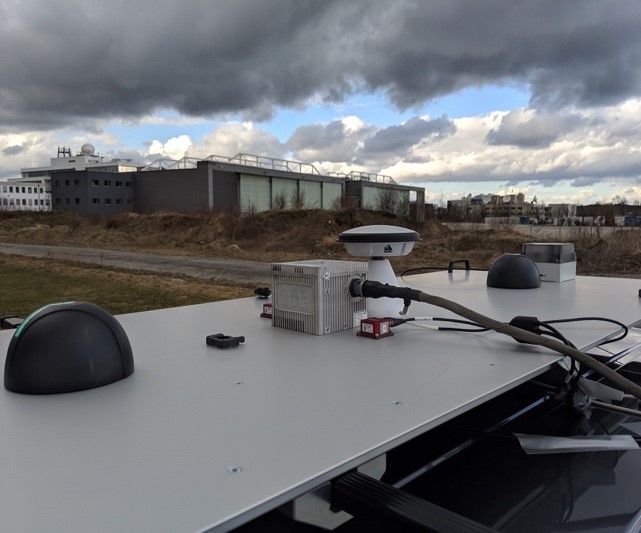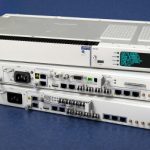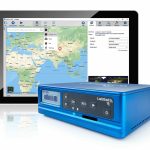Positioning with 5G next-generation cellular technology, based on higher bandwidths and frequencies, promises to open up new possibilities for localization services. As GNSS receivers share their position awareness across more powerful cellular networks, smart traffic management, asset tracking and personalized drone-based delivery will be just three examples of expanded capability. A European Space Agency (ESA)-sponsored test recently simulated this broadening PNT potential.

Two testbed vehicles carrying a wide mix of on-board equipment, from multi-constellation, multi-frequency GNSS receivers to Long-Term Evolution (LTE) 4G cellular and ultra-wide band (UWB) wireless communications conducted a week of driving tests around Munich, Germany. They logged and shared their positions in a variety of environments from the open sky to deep urban canyons. The vehicle-to-vehicle ranging simulated future 5G operating standards, according to the researchers.
The tests validate hypotheses that the oncoming 5G cellular networks, enhanced by steerable antennas on both base stations and user equipment, will add abilities to provide GNSS corrections, increasing positioning accuracy and filling gaps of obstructed GNSS signal visibility.
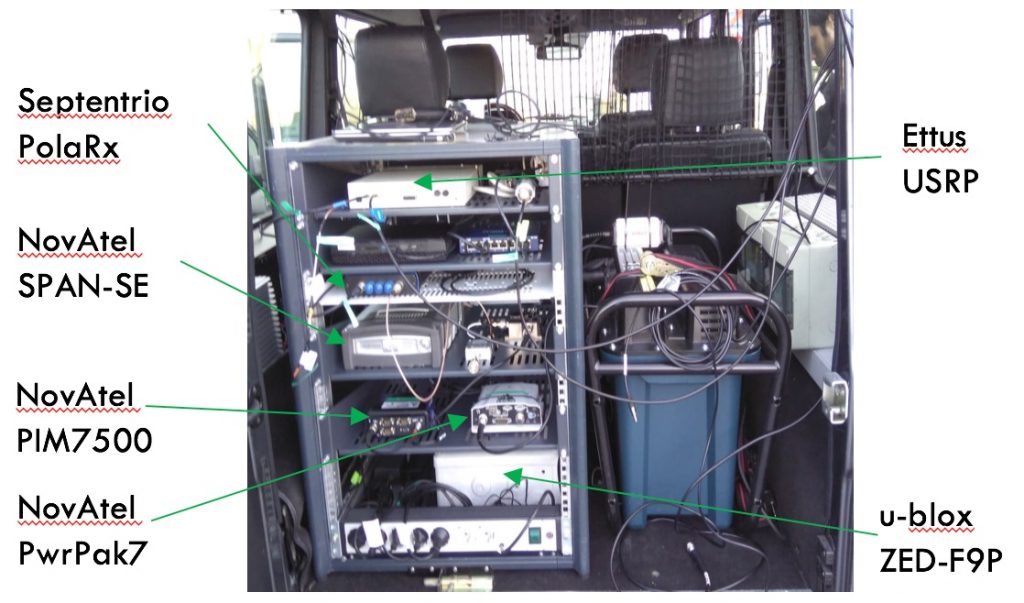
Miguel Manteiga Bautista, Head of ESA’s GNSS Evolution and Strategy Division in the Agency’s Directorate of Navigation, explains: “For the hybrid positioning field-tests, ESA and its partners set up a collaboration with Deutsche Telecom for use of its 4G network in Munich including relevant information for positioning, and NovAtel, who provided state-of-the-art GNSS equipment and correction services, such as the satellite-based TerraStar-X.”

The field test campaign was undertaken by the German Aerospace Agency (DLR) and the GMV company, with contributions by engineers from NovAtel, u-blox and Deutsche Telekom as well as ESA. The next phase involves processing of gathered data, leading to further field experiments.
ESA organized the test campaign as part of its 5G GNSS Task Force, coordinated with the European Commission and the European GNSS Agency through the Horizon 2020 Framework Programme for Research and Innovation in Satellite Navigation. The tests are linked to the GNSS Integration into 5G wireless networks or GINTO5G project, undertaken by ESA’s European GNSS Evolution Programme, with GMV as prime contractor.
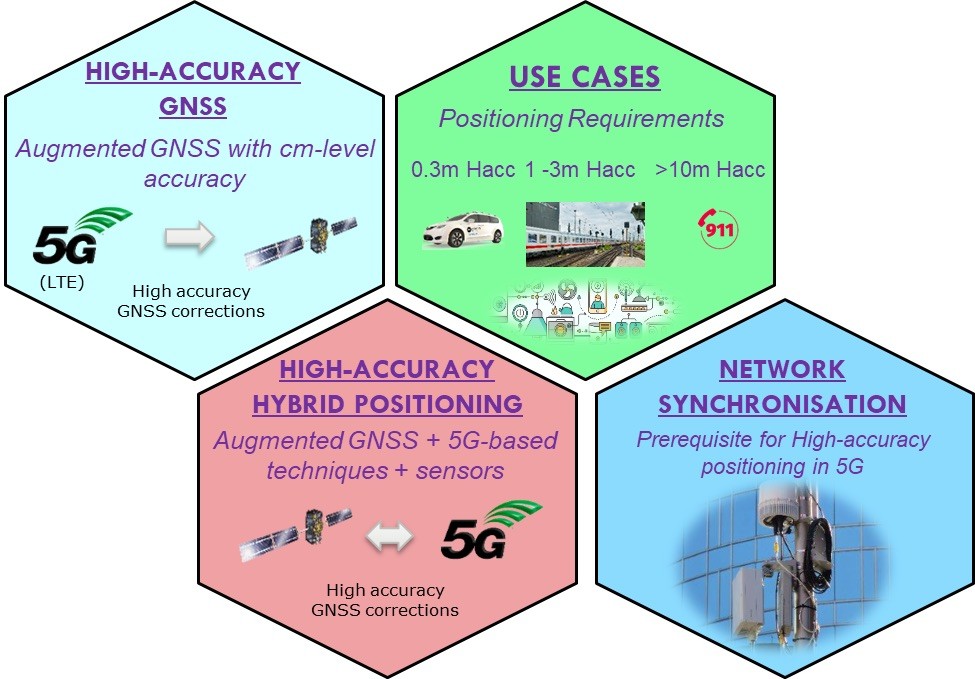
ESA’s 5G service trials focus initially on principal vertical markets of transportation, public safety, and media & entertainment.
5G enables the seamless interlocking of different technologies and networks at high speed and performance. Connectivity to enable digital platforms to collect, share and act upon data from multiple sources, everywhere: the Internet of Things. An ESA video on this subject envisions “a world where the logistics of industry manage themselves . . . . being connected everywhere, all the time, immediately and securely.”

